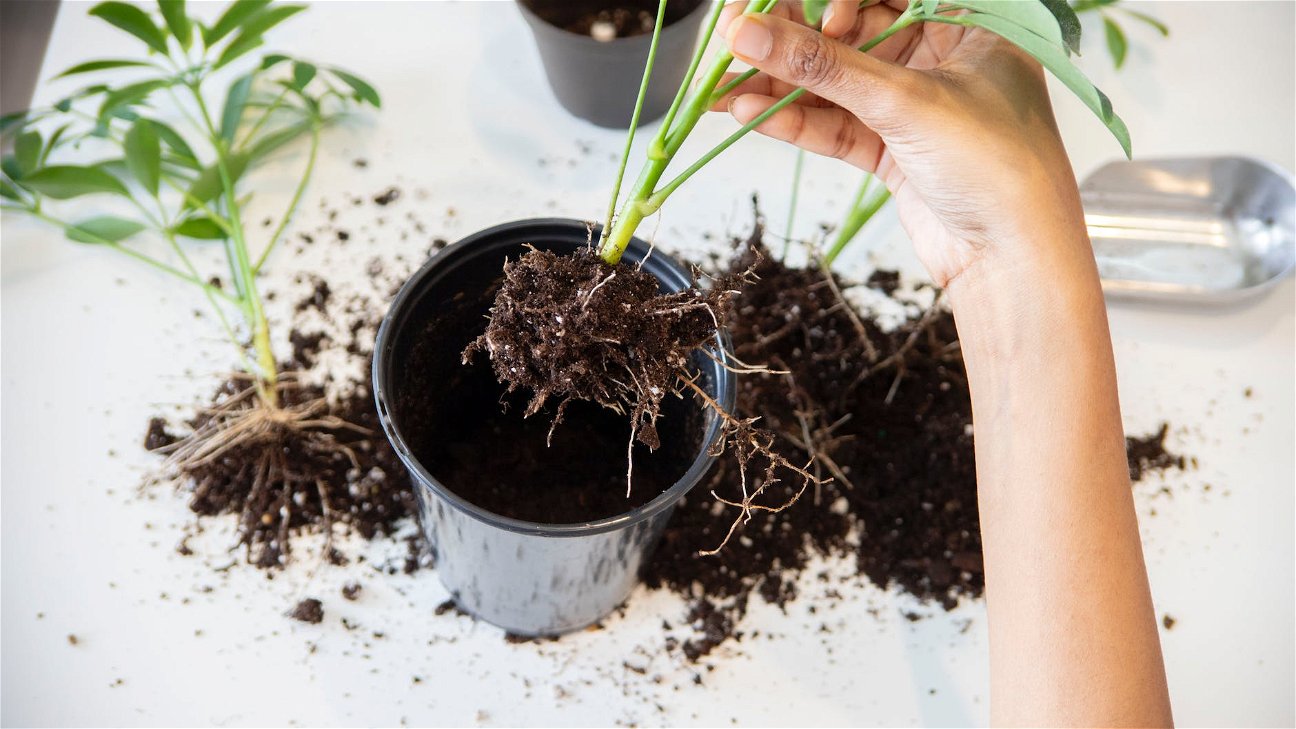
Isn't it wonderful to think that the peels from your morning banana or the grounds from your daily coffee can be transformed into nutrient-rich soil for your garden? That's the magic of composting. Whether you have a large backyard or a small city apartment, composting at home is not only possible, but it's also a great way to reduce waste and contribute to the sustainability of our planet. Let's dive into the basics of home composting for beginners.
What is composting?
Before we get into the steps, let's first understand what composting is. Composting is a natural process that turns organic material (like food scraps and yard waste) into a nutrient-rich soil conditioner. It’s like nature’s way of recycling. Not only does composting reduce the amount of waste going to the landfill, but it also enriches the soil in your garden, improving plant health and growth.
What can you compost?
Almost any organic material is suitable for composting. Your compost pile should have a balanced mix of 'greens' and 'browns'. 'Greens' are nitrogen-rich materials like vegetable and fruit scraps, coffee grounds, and fresh grass clippings. 'Browns' are carbon-rich materials like dried leaves, straw, paper, and wood chips.
Here's a simple list of what you can and can't compost:
Steps to compost at home
-
Choose a Compost Bin: You can compost in a purchased bin, a homemade bin, or just a simple pile. The compost bin should have proper ventilation and drainage.
-
Add Your Compost Materials: Start your compost pile with a layer of browns for carbon, add a layer of greens for nitrogen, and then add a layer of soil to introduce microorganisms that will speed up the composting process. Always aim for a ratio of 3:1 browns to greens.
-
Maintain Your Compost Pile: Maintain your compost pile by turning it with a pitchfork or shovel every few weeks to keep it aerated and to speed up the decomposition process. If the compost pile smells, it’s a sign that you need to turn it more often.
-
Use Your Compost: Once your compost pile looks and smells like rich, dark soil, it's ready to use. You can add your compost to your garden or use it as potting soil.
Mistakes to avoid
Avoid composting meat, dairy, and diseased plants as these can attract pests. Also, avoid overwatering your compost pile as this can create a smelly mess. Keep your compost pile balanced with the right amount of greens and browns, and turn it regularly to keep it healthy.
With these steps, composting at home is simple and beneficial. It’s a sustainable act that can significantly reduce the amount of waste you send to the landfill and it helps create a nutrient-rich soil conditioner that is perfect for your garden. So why not give it a try?











